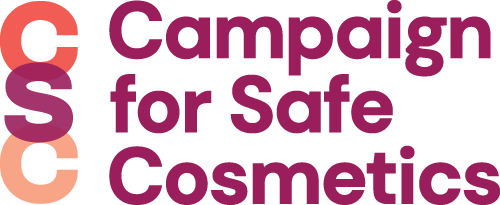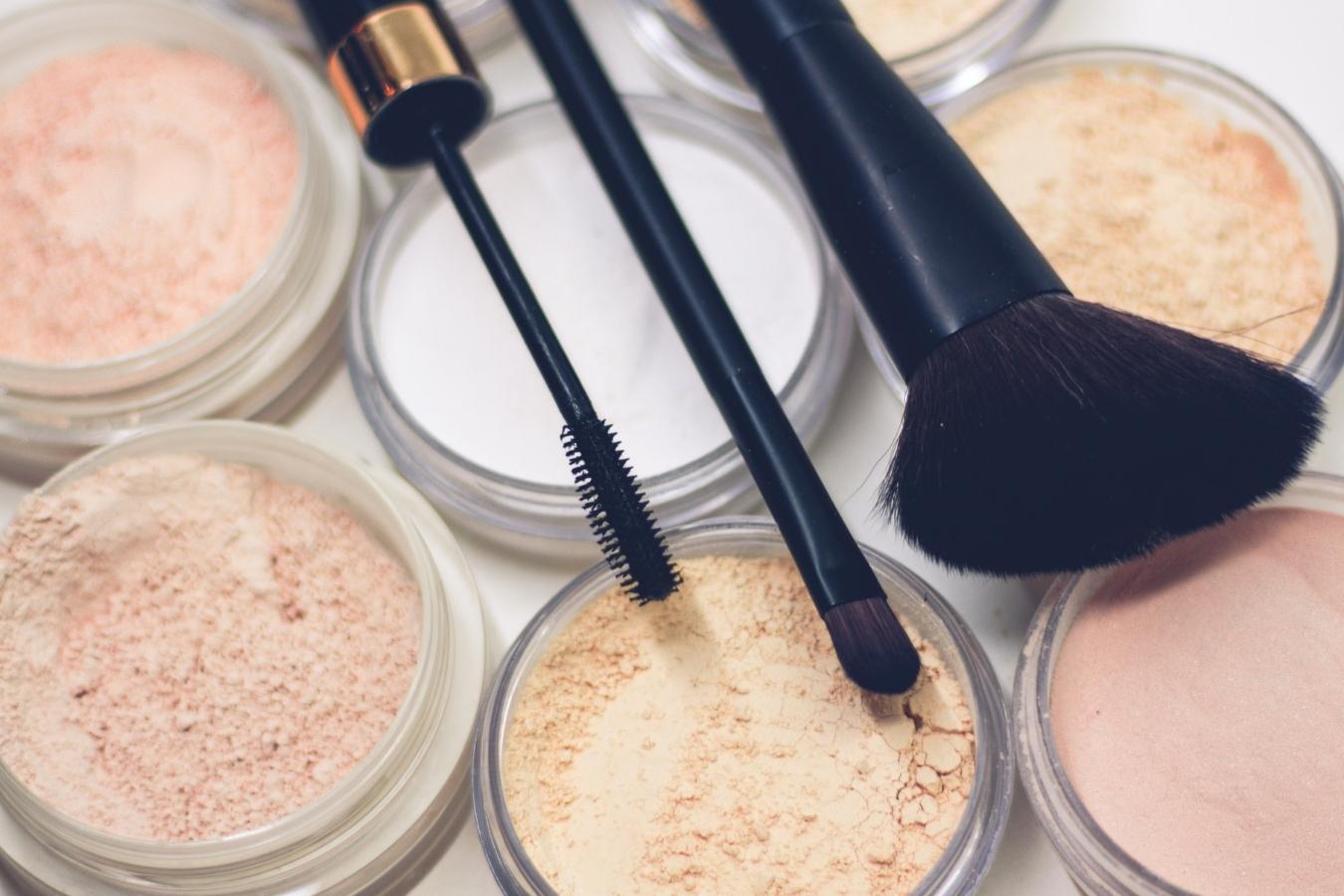[1] Environmental Working Group (2007). Impurities of Concern in Personal Care Products. Accessed July 28, 2008.
[2] Brama, M., Gnessi, L., Basciani, S., Cerulli, N., Politi, L., Spera, G., … Migilaccio, S. (2007). Cadmium induces mitogenic signaling in breast cancer cell by an Eralpha-dependent mechanism. Mol Cell Endocrinol, 264, 102–108.
[3] Martin, M., Reiter, R., Pham, T., Avellanet, Y., Camara, J., Lahm, M., … Stoica, A. (2003). Estrogen-like activity of metals in MCF-7 breast cancer cells. Endocrinology, 144, 2425–2436.
[4] Sukocheva, O., Yang, Y., Gierthy, J., & Seegal, R. (2005). Methyl mercury influences growth-related signaling in MCF-7 breast cancer cells. Environ Toxicol, 20, 32–44.
[5] Environmental Working Group (2007). Impurities of Concern in Personal Care Products. Accessed November 17, 2011.
[6] Needleman, Herbert L.; Schell, Alan; Bellinger, David; Leviton, Alan; Allred, Elizabeth N. (1990). The long-term effects of exposure to low doses of lead in childhood. An 11-year follow-up report. New England Journal of Medicine 322 (2): 83–88.
[7] Wu, H. M., Lin-Tan, D. T., Wang, M. L., Huang, H. Y., Lee, C. L., Wang, H. S., … & Lin, J. L. (2012). Lead level in seminal plasma may affect semen quality for men without occupational exposure to lead. Reproductive Biology and Endocrinology, 10(1), 91.
[8] Snijder, C. A., te Velde, E., Roeleveld, N., & Burdorf, A. (2012). Occupational exposure to chemical substances and time to pregnancy: a systematic review.Human reproduction update, 18(3), 284-300.
[9] Agency for Toxic Substances and Disease Registry (ATSDR) (2007). Toxicological profile for Lead. Atlanta, GA: U.S. Department of Health and Human Services, Public Health Service.
[10] Agency for Toxic Substances and Disease Registry (ATSDR) (1999). Toxicological profile for mercury. Atlanta, GA: U.S. Department of Health and Human Services, Public Health Service. Available online: http://www.atsdr.cdc.gov/toxprofiles/tp46.pdf. Accessed April 26, 2022.
[11] Agency for Toxic Substances and Disease Registry (ATSDR) (2007). Toxicological profile for Lead. Atlanta, GA: U.S. Department of Health and Human Services, Public Health Service. Available online: http://www.atsdr.cdc.gov/ToxProfiles/tp13.pdf. Accessed April 26, 2022.
[12] U.S. EPA (2013). Minimata Convention on Mercury. Available online: https://www.epa.gov/international-cooperation/minamata-convention-mercury. Accessed April 26, 2022.
[13] Agency for Toxic Substances and Disease Registry (ATSDR) (2008). Toxicological profile for Aluminum. Atlanta, GA: U.S. Department of Health and Human Services, Public Health Service. Available online: http://www.atsdr.cdc.gov/toxprofiles/tp22.pdf. Accessed April 26, 2022.
[14] Agency for Toxic Substances and Disease Registry (ATSDR) (2012). Toxicological profile for Chromium. Atlanta, GA: U.S. Department of Health and Human Services, Public Health Service. Available online: https://www.atsdr.cdc.gov/toxprofiles/tp7.pdf. Accessed April 26, 2022.
[15] Environmental Working Group. Sunscreen Report: Nanotechnology – Summary (2008). Available online: https://www.ewg.org/sunscreen/report/nanoparticles-in-sunscreen/. Accessed April 26, 2022.
[16] BCPP. A Poison Kiss: The Problem of Lead in Lipstick. Available online: https://www.bcpp.org/wp-content/uploads/2017/03/Report_A-Poison-Kiss_October_2007.pdf. Accessed April 26, 2022.


































